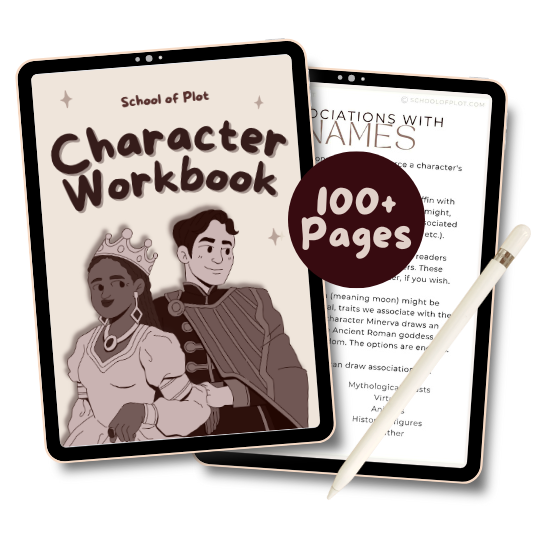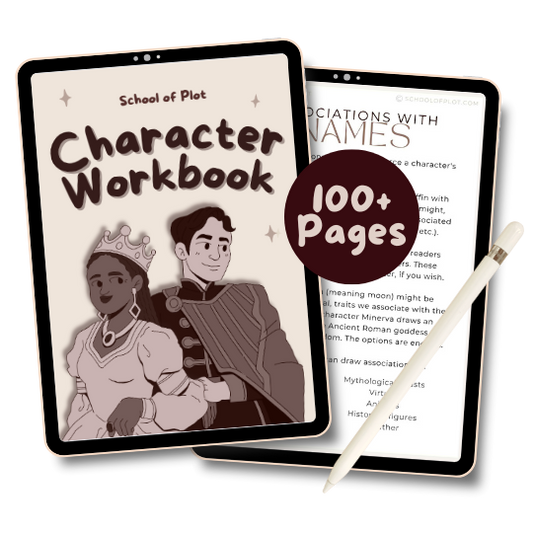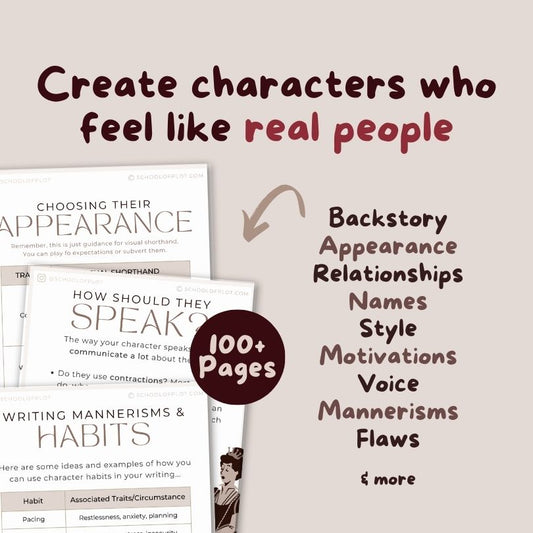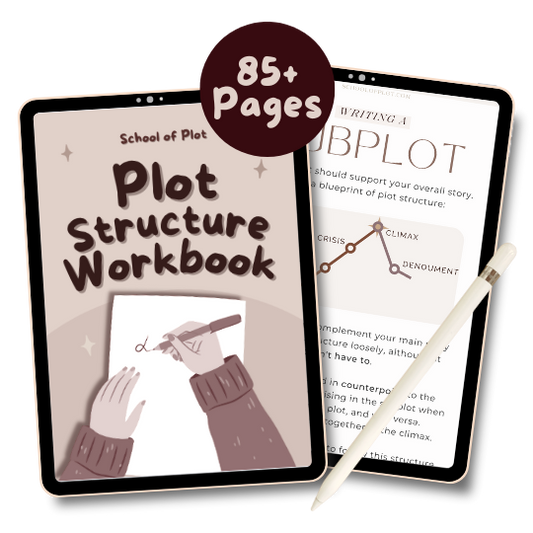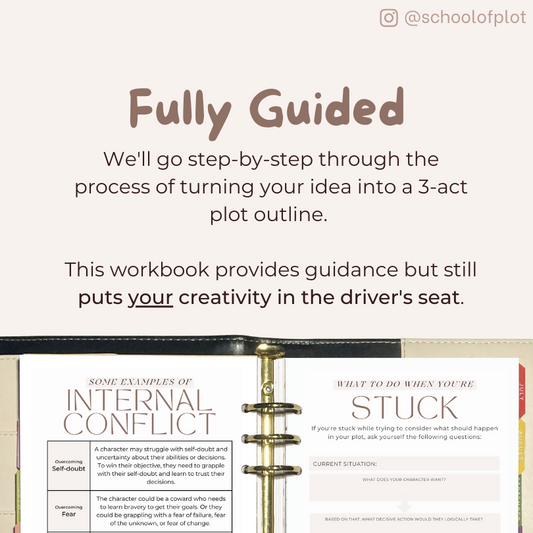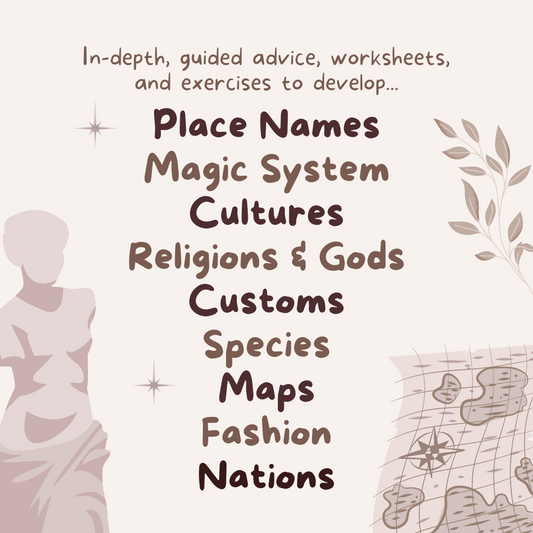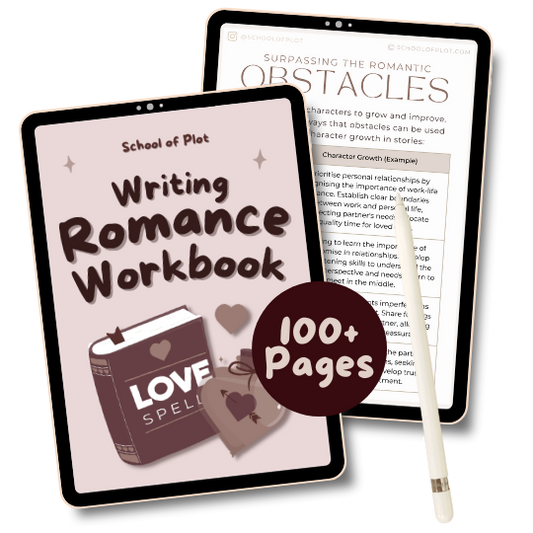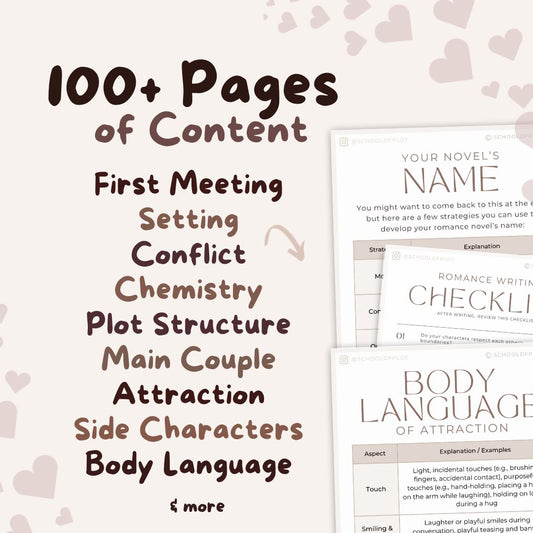Let me start by saying that this is a decision only you can make for yourself. Traditional and indie publishing both have their pros and cons, and neither option is categorically better than the other. They’re both good options. It depends on each writer.
This article aims to present some of these pros and cons so you can make an informed decision. Don't let anyone tell you that one option is "right" and the other is "wrong". It really depends on you and your needs. Everyone's journey is going to look different.
I want to add that I’ve got no personal ties to the publishing industry. This post is based on my own research as well as chats I’ve had with trad and indie authors. If you want to add to or counter anything in this post, please do!
What’s the difference between trad & indie?
Traditional publishing is when a publishing house takes over your book's rights and responsibilities. This means they pay for and arrange your editing, distribution, marketing and so on. You get to keep a share of the royalties, and you may also get an advance.
Self-publishing is when you take on all the cost and responsibility mentioned above by yourself. This can be very expensive. You do, however, retain your rights & earnings.
Just to source those claims:
blog.reedsy.com/guide/how-to-self-publish-a-book/pros-and-cons
publishdrive.com/what-is-the-typical-royalty-rate-for-an-author
The Positives of Trad Publishing
Wider Distribution
You’re more likely to end up in brick and mortar bookstores. You may get more visibility (& more sales) through this.
Larger Teams
If you’re indie, you’ll usually be working with freelancers. With traditional publishing, you’ll be generally working with an established, experienced team.
Less Financial Burden
Since your publisher takes on the cost of hiring editors, cover designers, a marketing team (and so on), you won’t have to pay out of pocket.
Prestige
I think the tides are changing on this one, but traditional publishing currently has a level of prestige that self-publishing doesn’t. The landscape seems to be changing quickly though, so it may very well even out.
The Downsides of Trad Publishing
Trad Publishing Cons
It’s a Long Process: It doesn’t just “take one yes”. There are a bunch of hurdles you’ve got to jump through (querying, going on sub, etc.) You might spend months or years in the process to be told “no” at one of the final hurdles. It’s worth it for many people though!
Less Creative Control
It’s not that you get 0 creative control, but it’s certainly not on the level that indie authors get. You might disagree with edits, cover design choices, etc.
Similar Marketing Burden
It really depends on the publisher, but some traditionally published authors have the same marketing burden as indies despite the lower royalties. This means there’s a chance you’ll need to start making TikToks and reels either way (argh).
The Positives of Self-Publishing
More Room to Innovate
Publishers and agents will often only take a chance on you if your book already fits market trends. Self-publishing allows you to explore niche genres or innovative topics that may not be super hot or marketable right now. This means it’s often up to self-published books to be the ones creating or influencing trends.
You Can Still Get Widely Read
There are plenty of self-published novels that have gone on to be massive hits such as:
- The Martian by Andy Weir
- The Atlas Six by Olivie Blake
- Legends & Lattes by Travis Baldree
- The Spanish Love Deception by Elena Armas
- Icebreaker by Hannah Kristine
(Yes, they got picked up by trad publishers when they were already popular but they were all originally self-published. Look it up!)
Creative Control
You have the final say on everything, from editing and cover design to pricing and marketing. You can hire whichever artists and editors you want, and even design your own chapter break illustrations if you want to. For some people this is a con, because it’s a lot of work.
Higher Royalties
You keep a larger percentage of the profits from your book sales (often 70% or more). Some of the purchase price does go towards printing and shipping.
It's Faster
You’re not waiting around for other people to review your work (alongside countless other writers’ work) and give you a yes or a no. You can dive straight into the process, meaning your work will be in readers’ hands sooner.
The Downsides of Self-Publishing
It is PRICEY
This cannot be under-stated. Hiring an editor and a cover designer will rack you up somewhere around £2K or more. A lot of indie authors get around this by launching a Kickstarter. On Writing Club, my podcast for writers (link in bio), author Kate Korsak explains how this is done.
Research
There’s a lot of research involved with self-publishing. What’s KDP? What the hell is an ARC reader? You’ll spend a lot of time googling questions you never even knew you had. Luckily the indie author community is really supportive, so you can ask them too.
Eligibility
Even if your indie book sells 6K+ copies you won’t be eligible to make the NYT bestseller list. A nice problem to have.
Workload
You’ll have to find your own editor and cover designer (you can use Reedsy, which is a marketplace for that, but you’ll still have to do the work of choosing someone).
You may need to learn to format the book yourself (or pay someone to). You’ll also bear the entire marketing burden (or, again, you can pay someone to do it).
Lack of Prestige
Some people think that self-published work is of a lower quality. This is usually because there’s a lower barrier to entry The landscape seems to be evolving. Brandon Sanderson is even self-publishing his next series, so that’s something to look forward to.
Need a deeper dive?
Analeigh Sbrana, author of Lore of the Wilds, was originally planning on self-publishing. Pre-orders were already open when an agent messaged her. Her book was then obtained by a huge traditional publisher.
In today’s episode of the Writing Club podcast she shares her experiences with trad and indie publishing.
